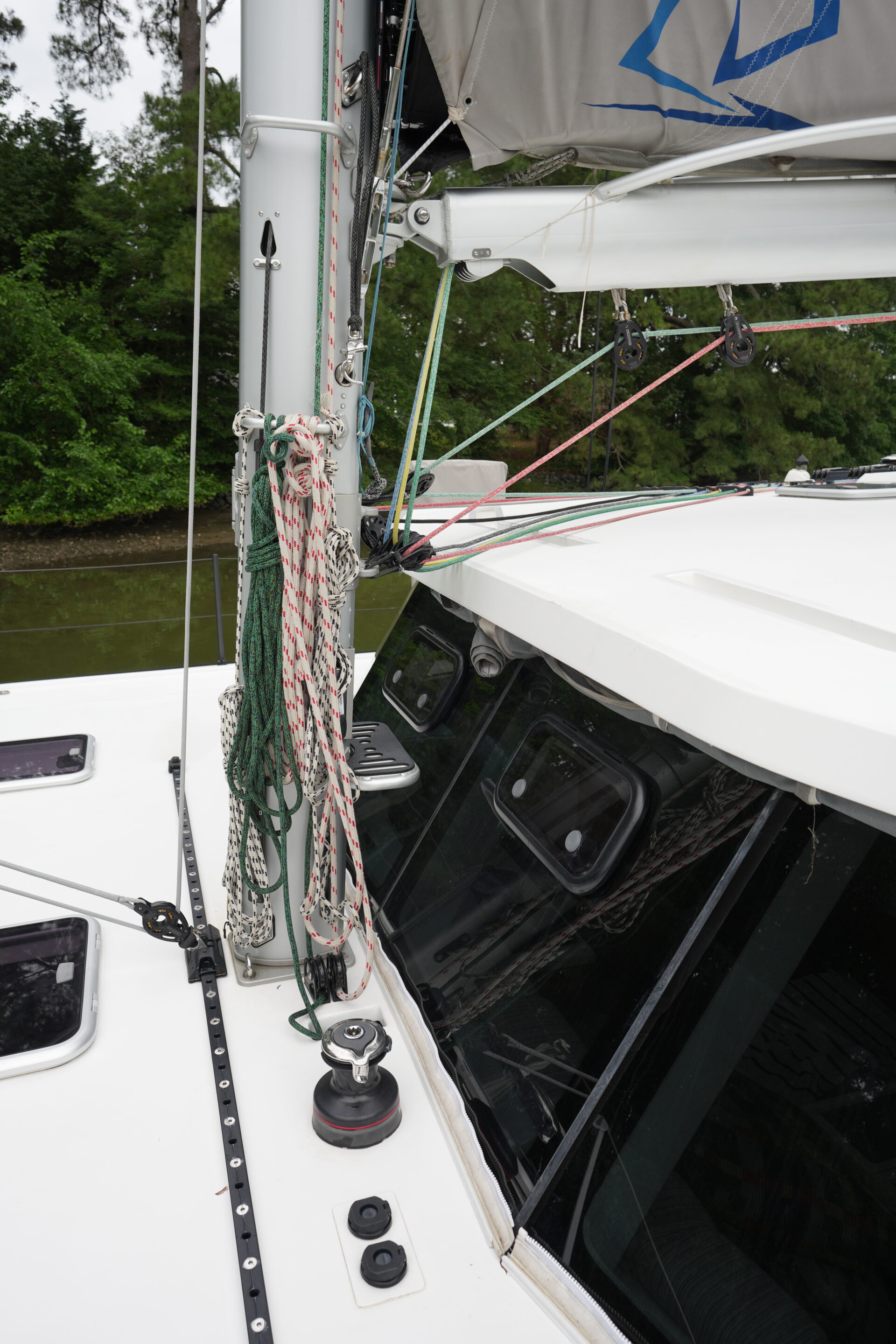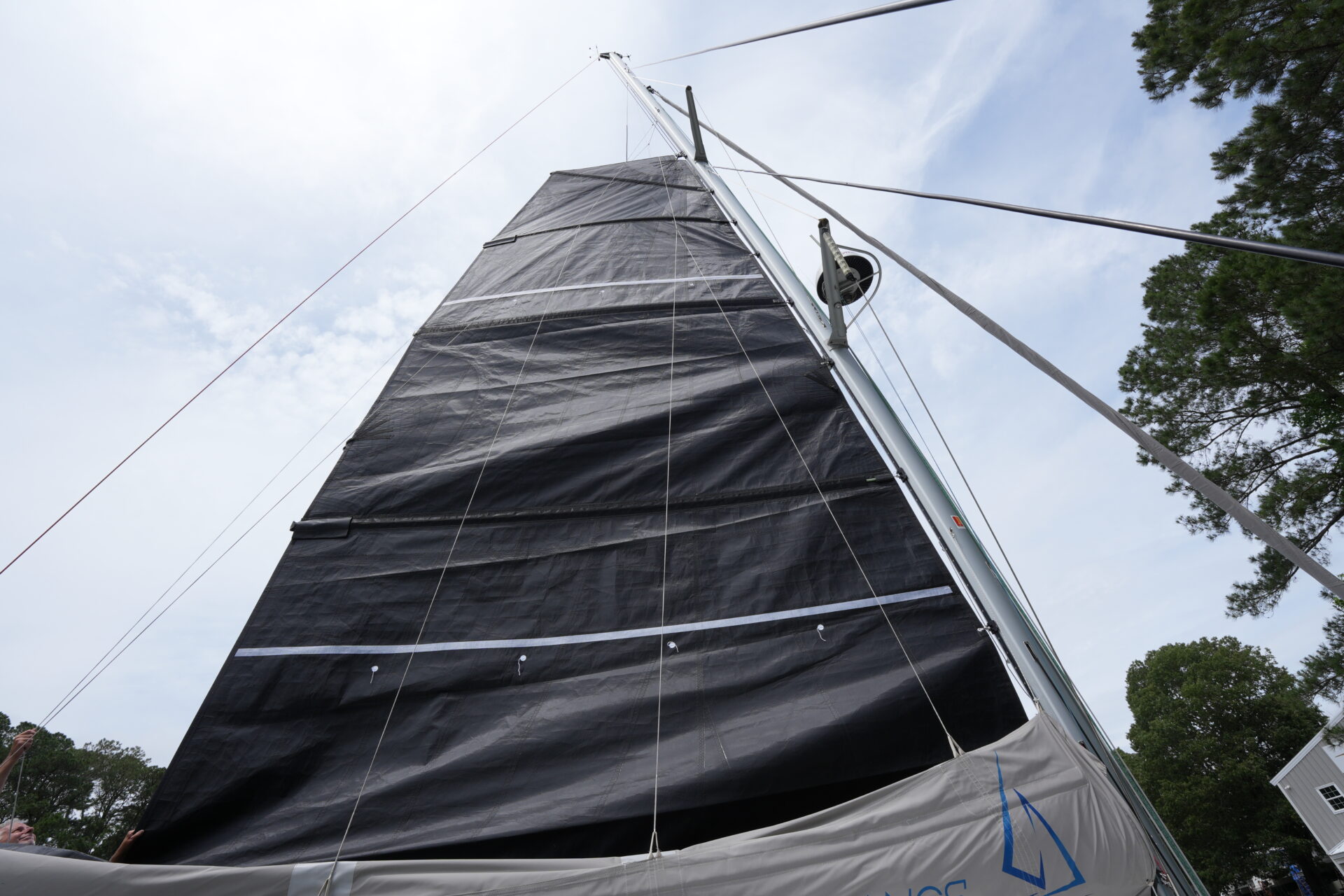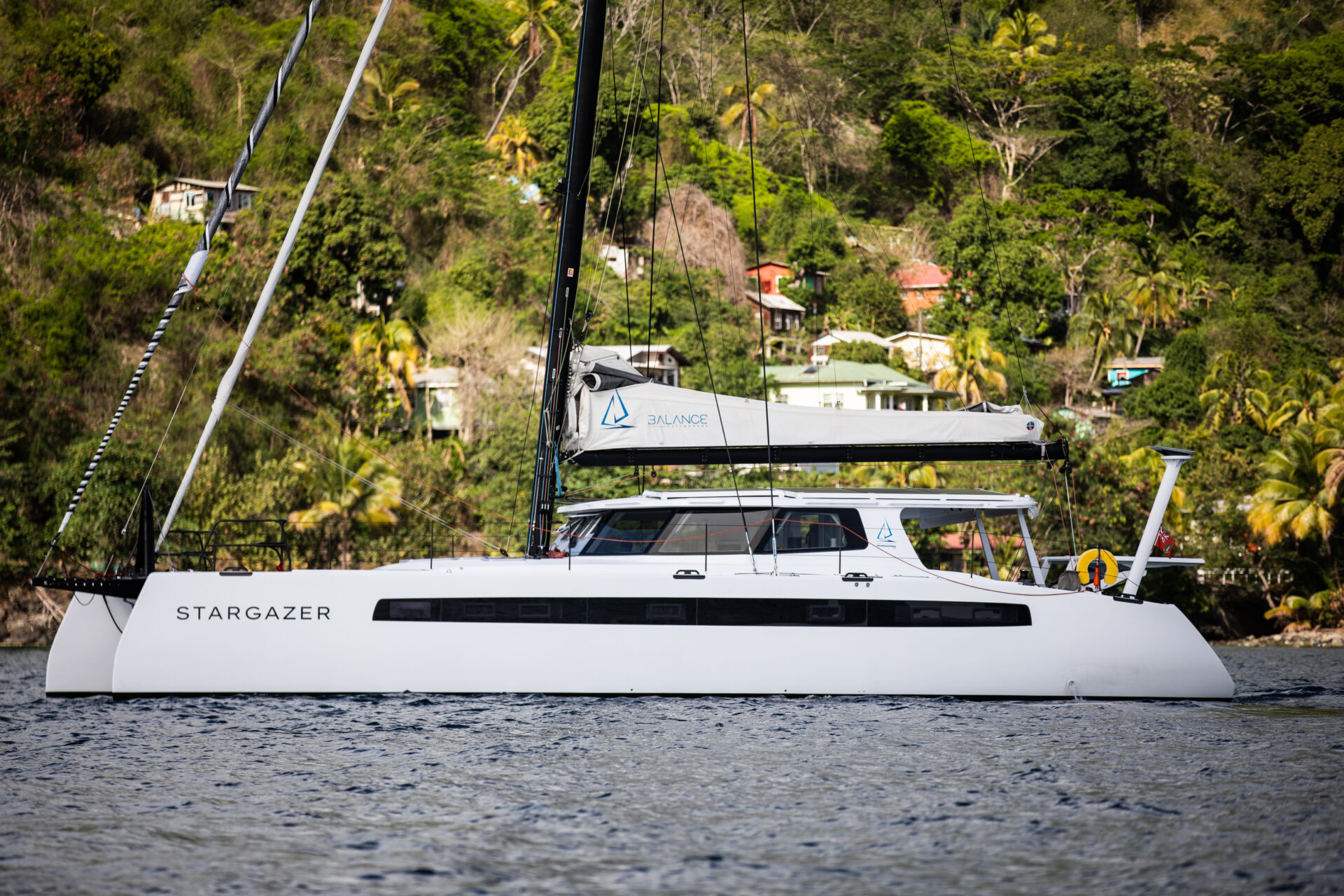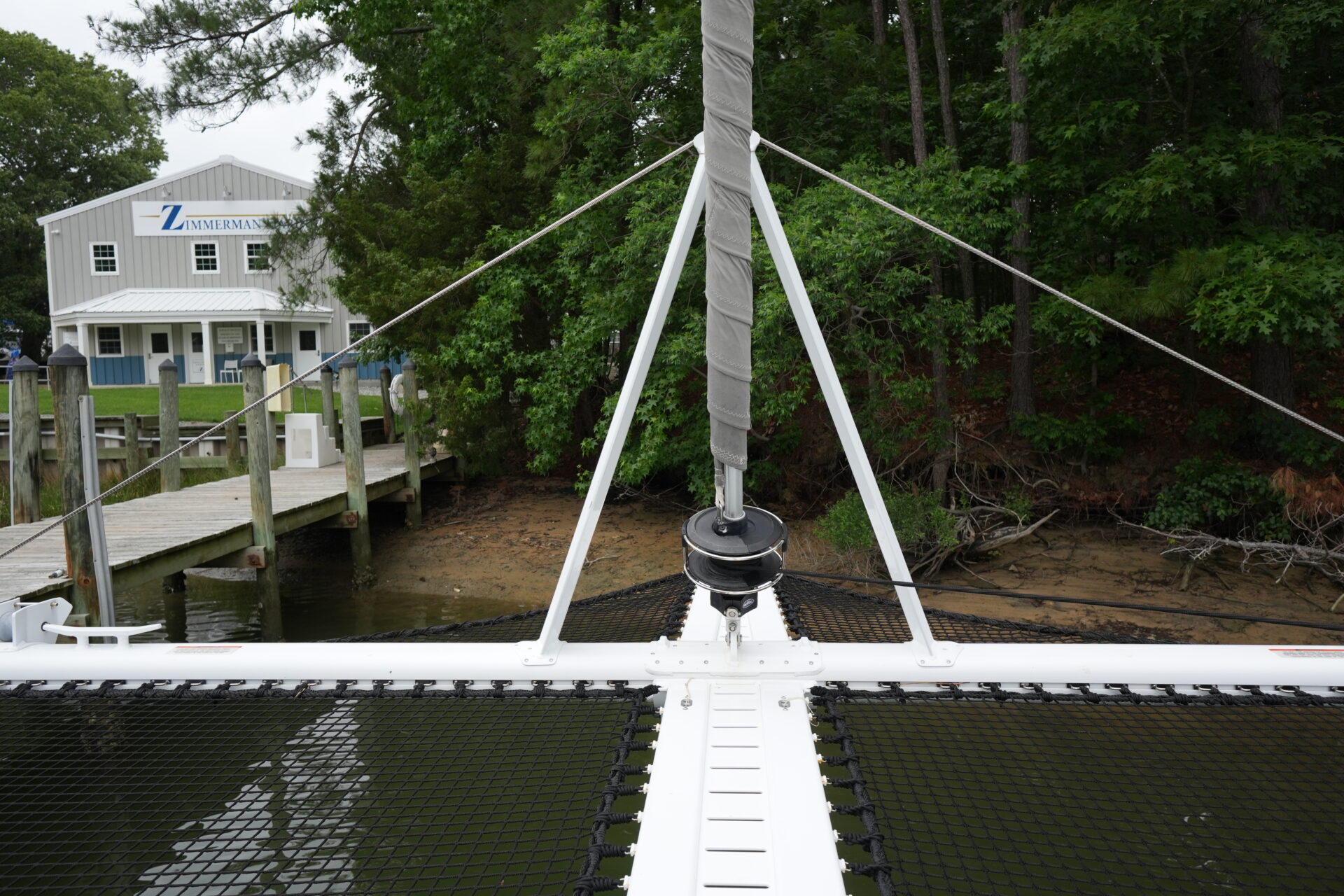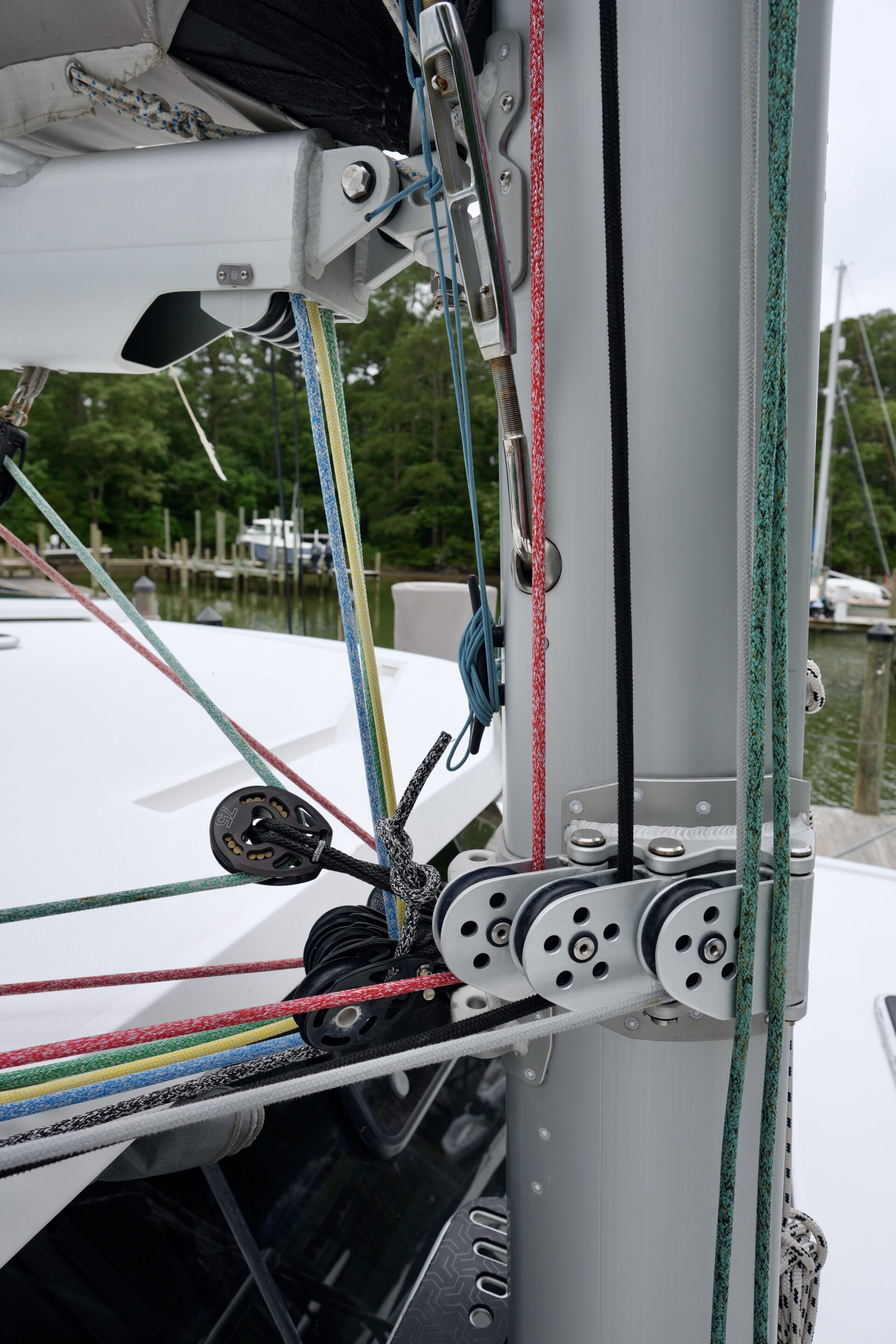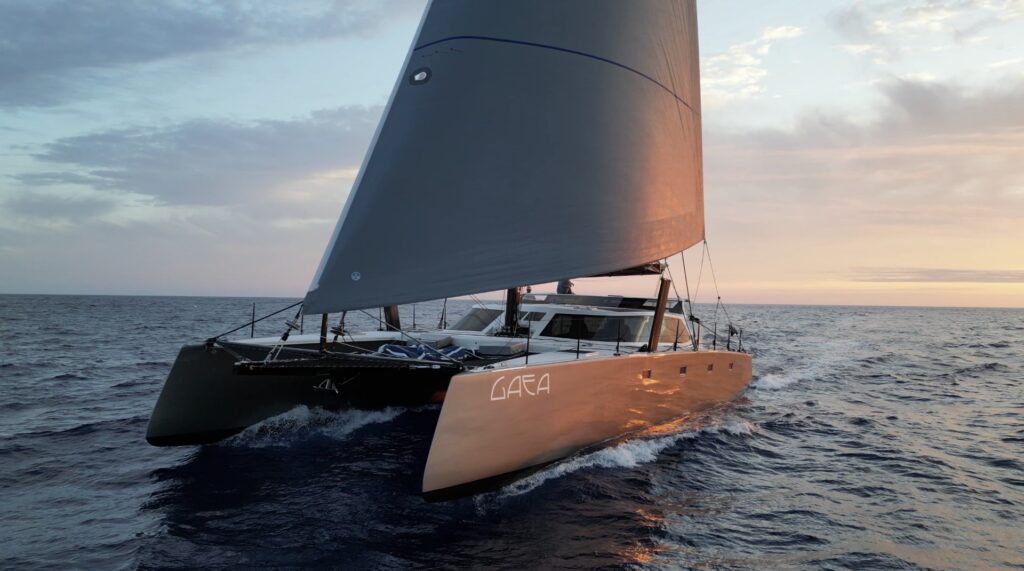When It Comes to Rigs, Aluminium Wins for Most Owner-Operators
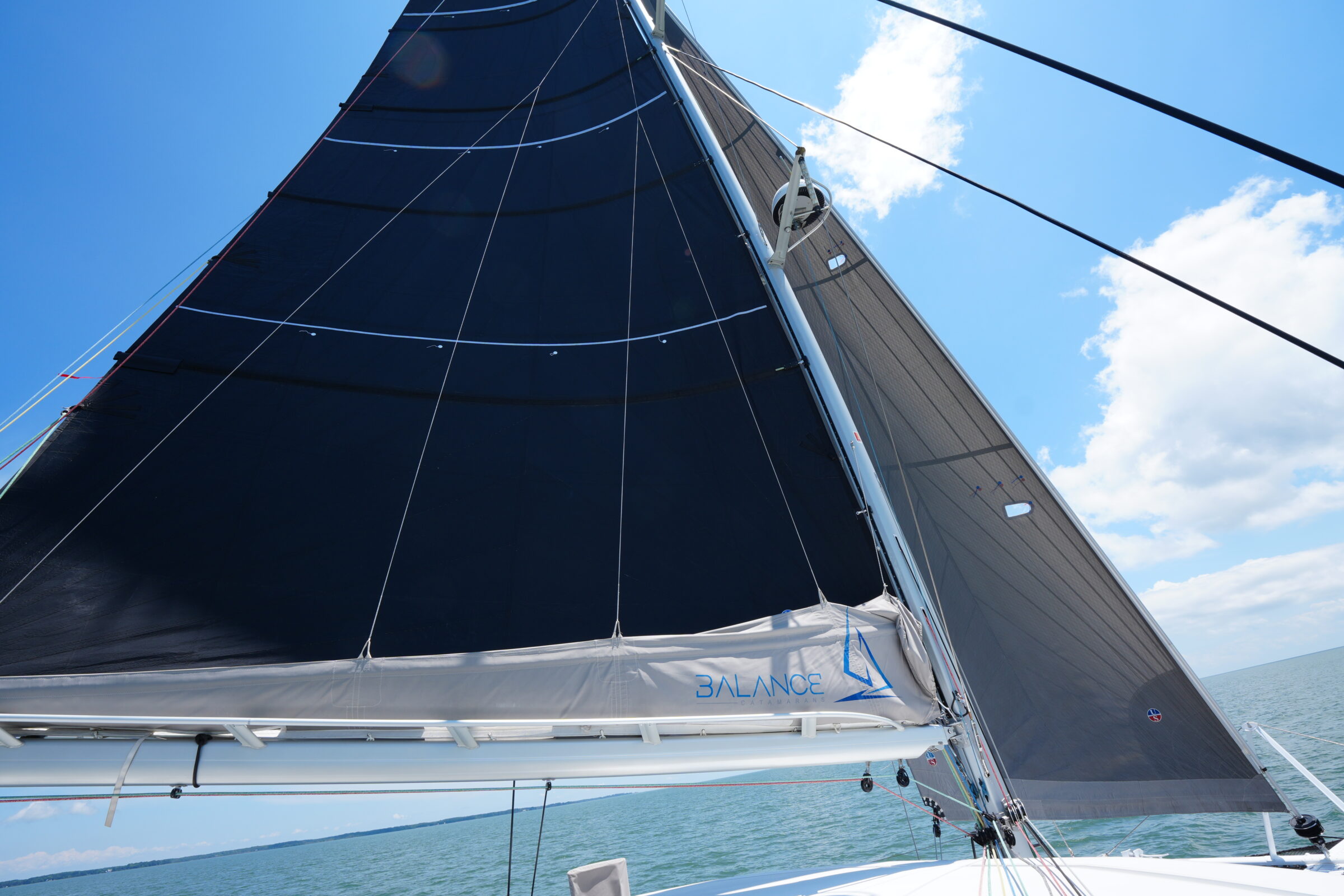

In the performance multihull world, carbon fiber might grab the headlines, but for multihulls under 52 feet (+/-), aluminium masts remain the backbone of reliable offshore sailing. For owner-operators and for yachts in the lower to mid-end of the performance market, they offer an unbeatable combination of cost, durability, weight, and serviceability.
Your rig is the hero of every passage, yet it’s often the most overlooked piece of equipment on board. Understanding how it’s built, and where problems are likely to show up, is critical.
Tip 1: Go aloft and inspect your mast and standing rigging and halyards after every offshore passage. It’s one of the simplest ways to prevent expensive and potentially catastrophic failures.
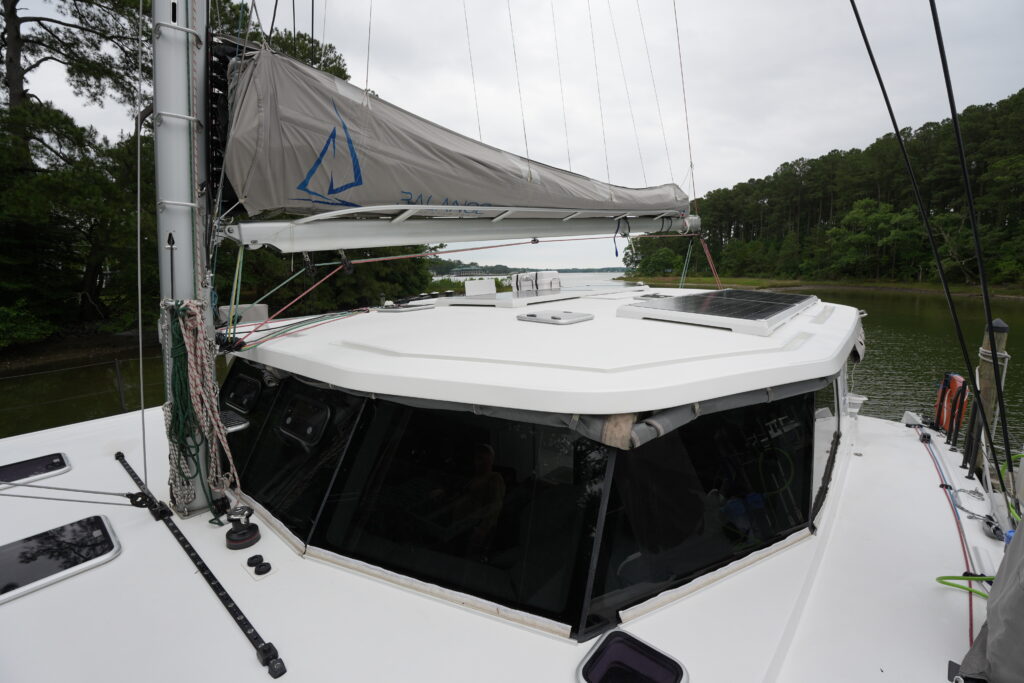
Why Aluminium?
Aluminium has been the go-to spar material for decades because it balances performance with practicality. It’s cost-effective, produced through a straightforward extrusion process, and each tube comes out uniform in quality. Aluminium masts are relatively lightweight, easy to tune, and simple to maintain, which is why they remain the choice for most performance production builders. For builders who depend on predictable volumes and consistent quality at competitive prices, aluminium fits the model perfectly.
Modern aluminium spars are made by extrusion, where molten metal is forced through a die to form a seamless tube with a consistent profile and wall thickness. The result is a spar that’s durable, efficient, and resistant to corrosion, provided it’s properly protected with anodising or sealant and maintained over time. The trade-off is that wall thickness can’t vary along the extrusion, so the mast must be engineered to withstand its weakest points, typically the gooseneck, spreader bases, and mast step. These areas deserve extra attention during inspections.
Aluminium vs. Carbon: Whats the difference?
Carbon fiber is undeniably stiffer and lighter, delivering clear performance gains, especially on boats over 55 feet where mast height and loads rise exponentially. Reduced weight aloft translates into less pitching, smoother motion, and more speed. For yachts carrying higher loads, carbon is often the obvious choice.
A question I hear often is whether carbon is unsuitable for owner-operated cruising boats, or more expensive to maintain? From my experience, that’s a misconception. A well-built carbon spar is, in many ways, the better product. It is stiffer, stronger for its weight, and improves both performance and seakeeping. If you put a carbon mast and an aluminium mast side by side, both with the same standing rigging, there should be no real difference in ongoing maintenance or cost.
The real reason carbon is less common on production multihulls under 52 feet comes down to economics. Choosing carbon can add significently more cost to the build ($100,000 plus), and many owner-operators simply don’t need or want to pay that premium for performance gains they may not fully use.
In the pre-owned production market, aluminium masts remain far more common. And when it comes time for a seatrial, survey, or inspection, aluminium’s advantage is inspectability. Corrosion, cracks, and fatigue around fittings can often be seen long before they become dangerous, giving owners confidence.
Routine Maintenance Checklist:
- Inspect all fittings, tangs, cotterpins and terminals after offshore passages
- Look for corrosion near stainless fasteners or hardware (dissimilar metals)
- Wash regularly with fresh water
- Check sheaves, halyards, and internal wiring for wear or chafe.
- Sheaves on mass produced rigs are often prone to UV damage and become brittle
What's Holding Up Your Aluminium Rig?
If you're sailing a performance catamaran, odds are you're running compacted wire rigging vs standard 1x19. It's commonly used for cap shrouds, diamonds, and forestays because of its high strength and low stretch, essential for higher multihull loads.
What does each one do?
Cap Shrouds – Run from the masthead (or near the top of the mast) down to the outboard chainplates; they control side-to-side (lateral) movement of the mast, help support the upper mast section and help build forestay tension.
Lower Shrouds – Attach lower on the mast and run to the chainplates; they provide critical support to the mid and lower section of the mast, preventing inward or aft flexing (pumping) under load. They also offer additional stability when sailing with reefs in, as the mainsail’s center of effort shifts lower, concentrating compression and bending loads further down the mast.
Diamond Stays – Run diagonally between fixed points on the mast itself (typically between spreader tips or tangs), diamond stays are designed to keep the mast "in column" by resisting compression and preventing buckling. Their primary role is to brace unsupported sections of the mast. They are also critical for inducing 'pre'bend' into the mast which ensures you can get sail trim close to the design of the sail.
Replacement Guidelines (check your manual or consult your manufacturer’s manual):
- Cap shrouds, lowers, forestay: every 10 years or 20,000 miles.
- Diamonds: up to 40,000 miles or 10 years—but inspect annually and after each passage.
Inspection Matters: What to Check, and Why
Annual rig inspections, especially by a qualified rigger, can catch problems before they become serious. They should be a routine part of boat ownership, ensuring safety at sea, and they can also be the difference between a smooth survey and a lost sale. While you are inspecting your mast take photographs that you can always reference against following your next inspection.
Real-world example:
What to check and focus on:
A recent sale flagged a potential headstay issue during the survey. Fortunately, the seller had detailed records and photos from previous inspections showing it was a new concern. That documentation saved the deal.
- Fittings & Terminations – Look for hairline cracks, loose bolts, or signs of distortion.
- Spreaders & Spreader tips – Check alignment and wear at contact points. Halyards –
- Inspect for chafe at sheaves and exits.
- Mast Base – Look for corrosion, cracks, or movement.
- Sheaves & Boxes – Spin freely? No grinding or sticking? Good.
- Tang fittings & Pins – Secure? No elongation in the holes?
- Surface Corrosion – Especially where stainless meets aluminum (dissimilar metals = trouble).
- Rust vs Tarnishing – Know the difference! In hot climates, especially in the tropics, fittings often develop a tarnished look. This is usually a surface-level reaction and not immediately harmful, but it’s easy to mistake tarnish for rust. Rust is different. It indicates corrosion that actively eats into the metal, creating weak points that can quickly lead to structural failure if left unchecked. Knowing the difference helps you spot what needs urgent attention versus what’s mostly cosmetic
Whether you're cruising the Caribbean, prepping for a Pacific crossing, or chasing trade winds,

Final Thoughts: Look up to sail further
Your mast might seem like "just" a stick, but it’s what makes your sailing experience and keeps you safe on the big blue seas!. Be proactive and keep it clean. Keep it inspected. Keep maintenance records and finally, make sure you give it some love! A well-maintained and serviced aluminium rig will look after you for years of ocean adventure.
